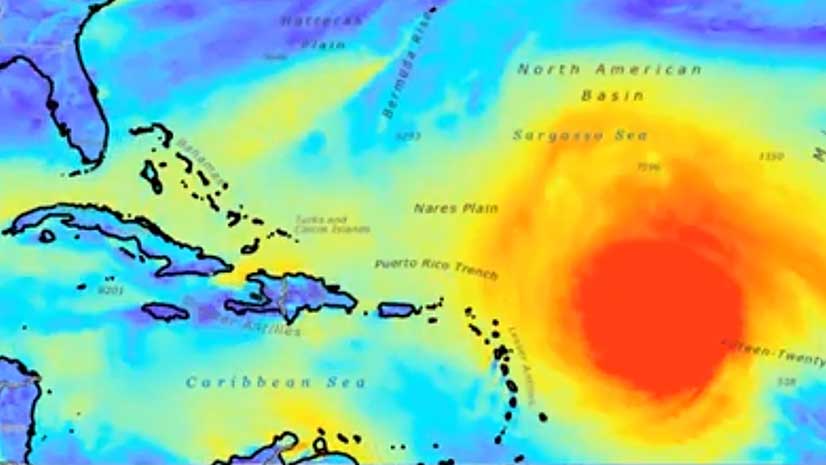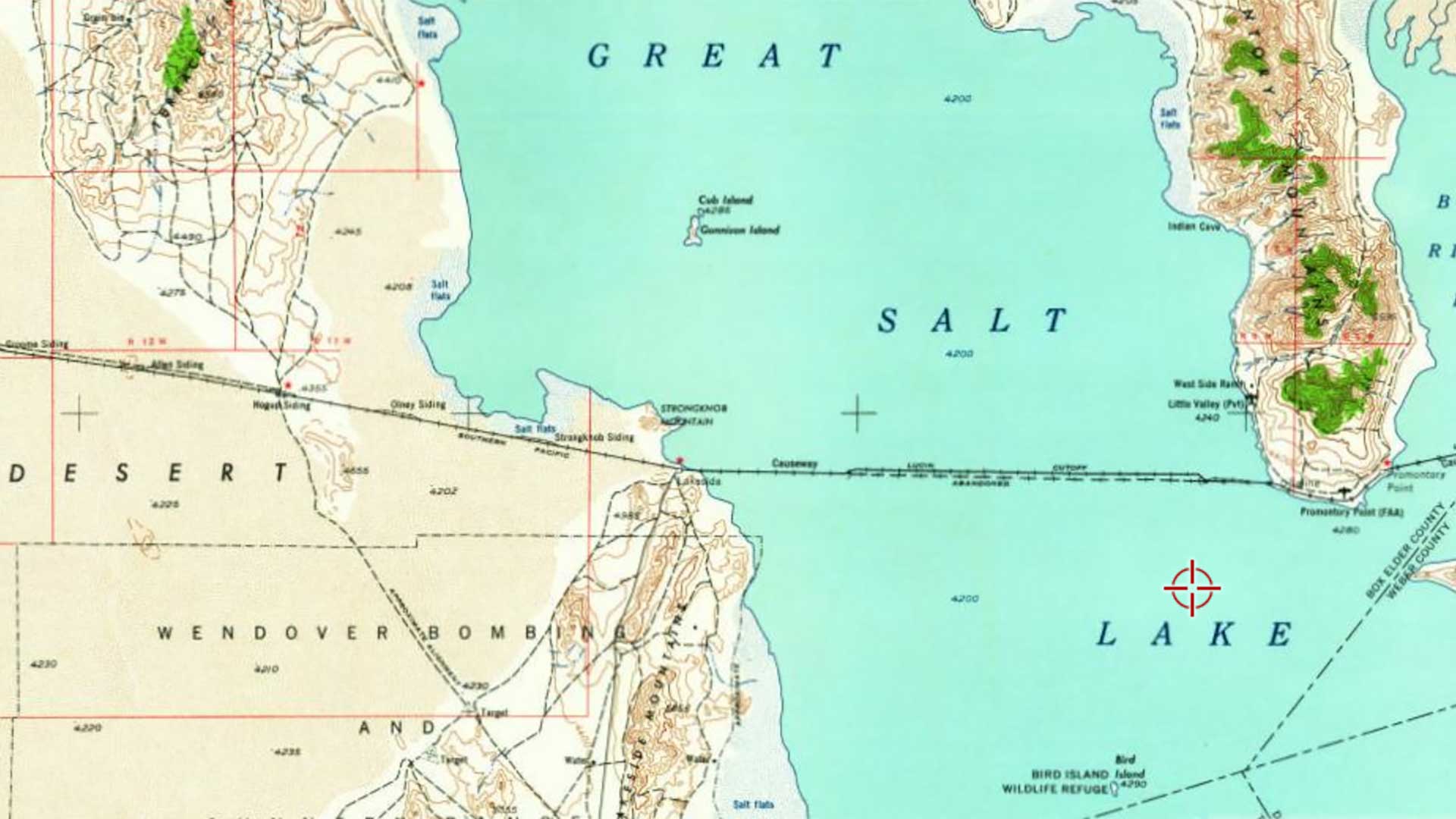The ArcGIS Well-Architected Framework provides IT and GIS professionals with a comprehensive set of ArcGIS system patterns to assist in designing an effective system tailored to an organization’s needs.
This article takes a deep dive into one of these patterns to help you better understand the basics of system patterns. The location services system pattern enables the delivery of ready-to-use, location-based services for enterprise-wide and public use. This introduction will provide the key characteristics, user personas, applications, capabilities, and architecture considerations of this pattern.
The location services system pattern serves as a foundational system that delivers a range of location-based capabilities to all parts of an enterprise. These capabilities include basemaps, geocoding, routing, and spatial analytics. It provides authoritative, foundational geospatial content and capabilities to maps, applications, systems, and workflows within an organization. By centralizing the operations and management of core location services, this pattern ensures that location-based services are delivered consistently and efficiently.
The location services system pattern brings value to organizations by
- Delivering foundational geospatial content that is authoritative and capabilities that support the workflows and applications within an organization.
- Centralizing operations and management of core location services, ensuring efficient delivery and maintenance of these services. Centralization also builds trust in data quality as relevant data processes can be defined and implemented once, with consistent and observable results.
- Exposing standards-based service APIs that can be integrated into any system or workflow using an organization’s preferred software development kit (SDK).
Organizations commonly leverage a combination of services that are hosted and managed by Esri (e.g., software as a service [SaaS] or platform as a service [PaaS]; services hosted and managed by other organizations; and services hosted within the organization in its own location services system, such as assets or customer locations.
Organizations in industries from transportation and logistics to utilities and governments at all levels—national, state, and local—can leverage the location services system pattern to enhance decision-making, optimize operations, improve service delivery, and protect people and property.
Transportation and logistics companies leverage location services with their customer data to optimize delivery services by incorporating weather, traffic, and customer details to optimize package delivery. Esri-provided location services, such as network analysis, can optimize last-mile delivery to improve customer service and better allocate resources.
Esri-provided location services enable state governments to leverage GIS to help evaluate and prioritize infrastructure projects based on key criteria including safety, congestion, accessibility, and economic development. State transportation officials collect data and use it with Esri-provided location services to power a live dashboard to make better-informed investment decisions.
The location services system pattern within the ArcGIS Well-Architected Framework provides organizations with a robust foundation for delivering location-based services. Whether it’s creating maps, analyzing spatial data, or optimizing routes, the location services system pattern plays a crucial role in building effective ArcGIS systems.




